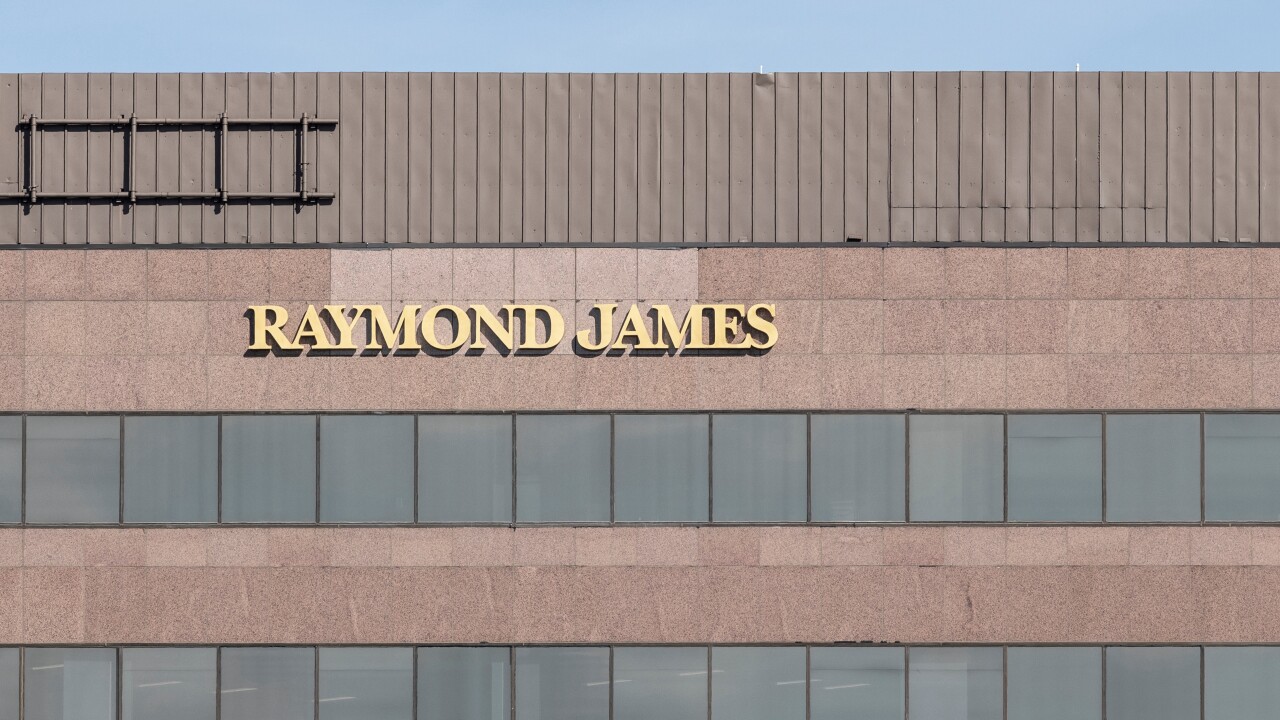In August, a site developed for the Commodity Futures Trading Commission
The codes are eventually to be used by participants in a vast swath of financial transactions, from stock trades to bond sales to swapping of risks in standardized or custom contracts.
And mutual funds are not exempt – even if they are not the parties actually conducting, for instance, a trade involving a credit default swap.
They may be “non”-parties, said Martin A. Burns, senior director for operations and distribution at the Investment Company Institute at a breakdown held by the Securities Industry and Financial Markets Association in New York Tuesday.
But they still must identify themselves, as counterparties, if trades are conducted on their behalf and assets end up in their funds, according to Burns and Bill Hodash, managing director of the Depository Trust and Clearing Corporation.
The creation of such codes is being spearheaded by the Financial Stability Board, a body coordinating international work in developing what is called the Global Legal Entity Identifier System. The ID codes will help regulators identifying growing risks between counterparties and within the world’s financial system, to help head off a repeat of the kind of credit crisis that erupted in 2007 and 2008.
The DTCC and its partner, the Society for Worldwide Financial Telecommunication, found however that there was a hitch this fall when it came for mutual funds to start registering, in order to comply with the CFTC’s implementation of an interim system of ID codes as mandated by the 2010 Dodd-Frank Wall Street Reform Act.
The funds couldn’t pay the $200 fee.
Because the portal, as set up, asked for credit card numbers, to pay for the registration, online.
And the funds don’t have credit cards, to make the payments. And, in many cases, each fund manager had to seek board or other approval to make the $200 payment, from fund assets, according to Cynthia Meyn, executive vice president of operations at the Pacific Investment Management Company, which operates a variety of mutual funds including the largest extant.
Each fund had to not just determine who would act as the counterparty that would register, but how to get the payment made.
This affected tens of thousands of mutual funds, Meyn estimated, more than 100,000 pension funds.
DTCC and SWIFT “retrofitted’’ the portal, divorcing registration and payment, Hodash said.
The answer: Getting funds to send payments by wire, from their custodian banks, for each registration.
The payment issue caused a “slowdown,’’ in registrations, Burns noted. But also slowing down the process was education: Taking an hour to explain what had to be done to each of thousands of fund managers, one at a time, Meyn noted.
That took man-years of work, Meyn said.
"That said, we overcame the challenge,’’ she said. "All of that complexity is behind us, now."
Until, she noted, next year comes around. And firms have to pay $100 to renew their registration for another year.





